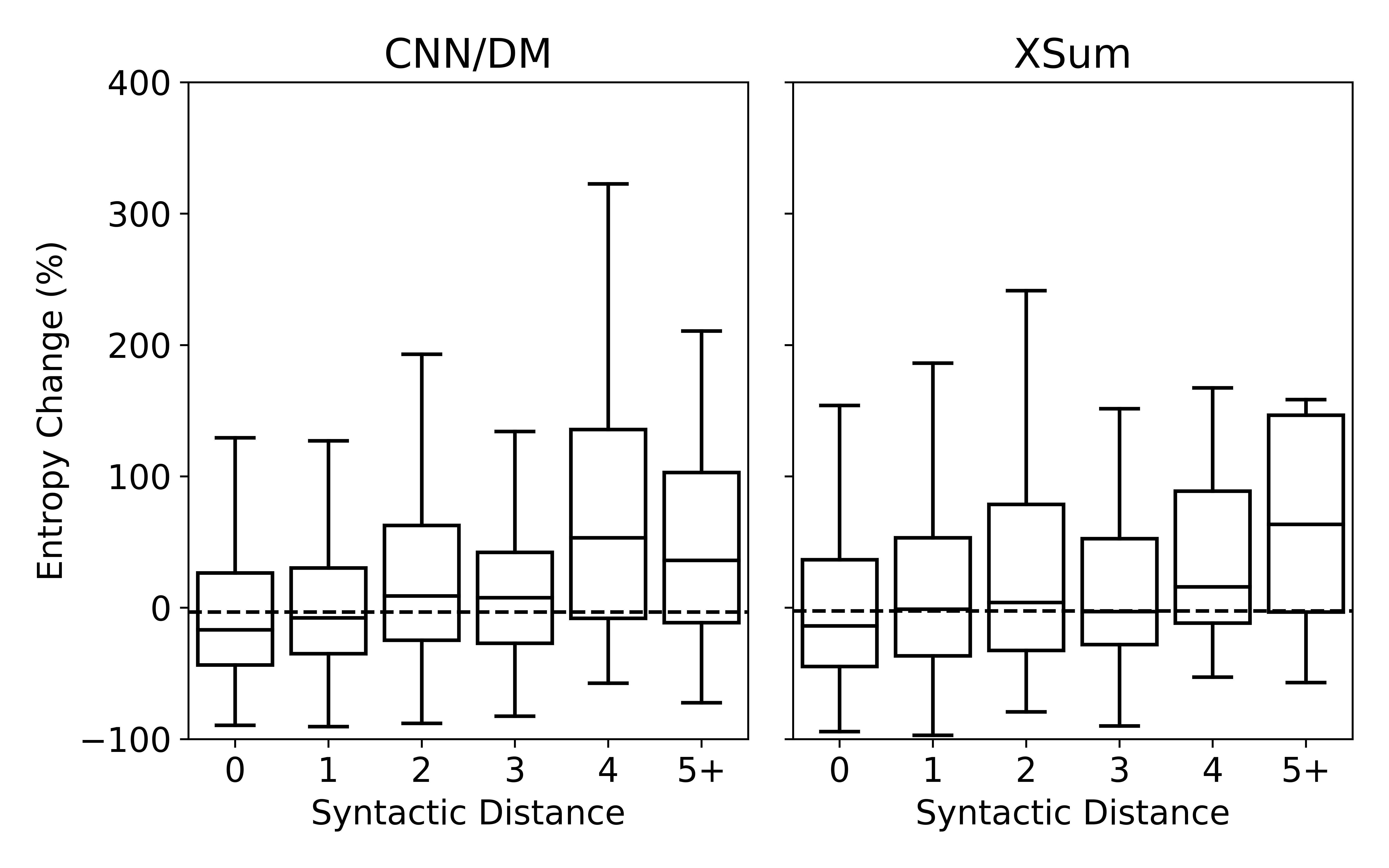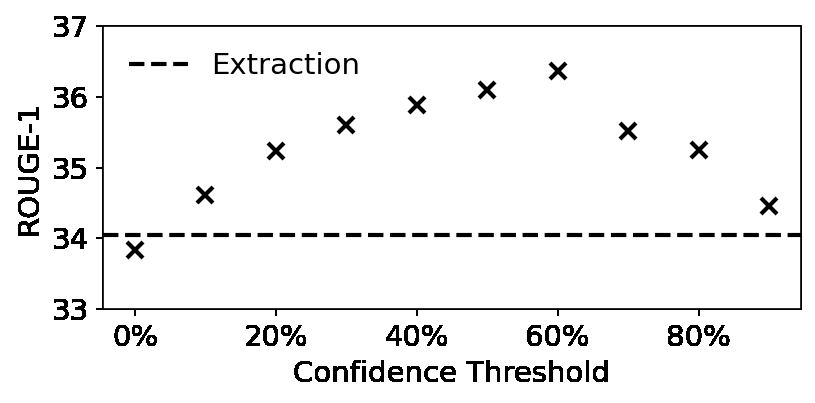An Information Bottleneck Approach for Controlling Conciseness in Rationale Extraction
Bhargavi Paranjape, Mandar Joshi, John Thickstun, Hannaneh Hajishirzi, Luke Zettlemoyer
Interpretability and Analysis of Models for NLP Long Paper

You can open the pre-recorded video in a separate window.
Abstract:
Decisions of complex models for language understanding can be explained by limiting the inputs they are provided to a relevant subsequence of the original text --- a rationale. Models that condition predictions on a concise rationale, while being more interpretable, tend to be less accurate than models that are able to use the entire context. In this paper, we show that it is possible to better manage the trade-off between concise explanations and high task accuracy by optimizing a bound on the Information Bottleneck (IB) objective. Our approach jointly learns an explainer that predicts sparse binary masks over input sentences without explicit supervision, and an end-task predictor that considers only the residual sentences. Using IB, we derive a learning objective that allows direct control of mask sparsity levels through a tunable sparse prior. Experiments on the ERASER benchmark demonstrate significant gains over previous work for both task performance and agreement with human rationales. Furthermore, we find that in the semi-supervised setting, a modest amount of gold rationales (25% of training examples with gold masks) can close the performance gap with a model that uses the full input.
NOTE: Video may display a random order of authors.
Correct author list is at the top of this page.
Connected Papers in EMNLP2020
Similar Papers
Understanding Neural Abstractive Summarization Models via Uncertainty
Jiacheng Xu, Shrey Desai, Greg Durrett,

Syntactic Structure Distillation Pretraining for Bidirectional Encoders
Adhiguna Kuncoro, Lingpeng Kong, Daniel Fried, Dani Yogatama, Laura Rimell, Chris Dyer, Phil Blunsom,

Compressive Summarization with Plausibility and Salience Modeling
Shrey Desai, Jiacheng Xu, Greg Durrett,

